UPPSALA, Sweden: Kangaroos are icons of Australia’s unique living fauna whose earliest ancestry has yet to be discovered. However, using archaeological findings that were unveiled in Australia 30 years ago, researchers from Uppsala University recently identified the most distant ancestor of today’s kangaroos with the help of new technology.
In the early 1980s, palaeontologists excavated a few enigmatic molars around a dry salt lake in northern South Australia. The rare specimens were recognised as belonging to an ancient kangaroo ancestor and stored in a museum collection for more than three decades until modern computer-based analysis enabled researchers to confirm the significance of the discovery. The kangaroo ancestor was named Palaeopotorous priscus, which is Latin for “ancient rat-kangaroo”.
“Our results showed that Palaeopotorous was most similar to living rat-kangaroos, as well as some other extinct kangaroo relatives. Using information from fossils, and the DNA of living species, we were able to further determine that at around 24 million years old, Palaeopotorous is not just primitive, but likely represents the most distant forerunner of all known kangaroos, rat-kangaroos and their more ancient ancestors,” said lead author Dr Wendy den Boer, recent doctoral student at the university and current staff member of the Swedish Museum of Natural History.
“Palaeopotorous was about the size of a small rabbit, and probably did not hop, but would have bounded on all four legs. Nevertheless, a few bones found at the same site in central Australia indicate that the earliest kangaroos already possessed some key adaptations for hopping gaits,” said co-author Dr Benjamin Kear from the Museum of Evolution at the university.
Palaeopotorous lived at a time when central Australia was much wetter than it is today. Its fossils were buried in clay deposits left by a river, even though these earliest kangaroo ancestors would have foraged among vegetation growing nearby and along the banks. The teeth of Palaeopotorous were washed into the river after their death, along with the remains of many other ancient marsupials.
The study, titled “Is the fossil rat-kangaroo Palaeopotorous priscus the most basally branching stem macropodiform?”, was recently published in the Journal of Vertebrate Paleontology (Volume 38, Issue 2).
Tags:
BRISTOL, UK: The importance of mother’s milk to an infant’s development is now well established. In a recent study, researchers analysed the fossilised ...
BERLIN, Germany: Imaging techniques based on neutron beams are rapidly developing and have become versatile non-destructive analysing tools in many fields ...
HONG KONG, China/BERKELEY, Calif., US: A study led by researchers in China has recently examined the impact of the oral microbiota on overall health. The ...
LEIPZIG, Germany: Statistical tracking has been a priority for the governments of Scandinavian countries in recent years, detailed records being kept on ...
Immediate placement of implants into fresh extraction sockets has been shown to deliver good outcomes. The literature reports good implant survival rates, ...
SEATTLE, U.S.: Biofilm buildup can lead to many oral health issues, including gingivitis, periodontitis and tooth loss, as well as other serious health ...
TAIPEI, Taiwan: Conventional periodontal therapies, while effective to a degree, often fall short of fully restoring the complex architecture and function ...
MINNEAPOLIS, U.S.: University of Minnesota researchers have studied how oral bacteria adhere to surfaces and develop biofilms in the oral cavity. In the ...
STOCKHOLM, Sweden: Chewing gum has long been something that many people use. In a recent discovery in Scandinavia, researchers have found that the first ...
CAMBRIDGE, Mass., US: Recent research has offered a new understanding of dinosaurs’ feeding behaviour by means of their tooth wear. Predatory, bird-like ...
Live webinar
Mon. 12 January 2026
9:00 am EST (New York)
Prof. Judith Jones D.D.S; M.P.H., Prof. Kakuhiro Fukai D.D.S., Ph.D, Dr. Bathsheba (Bethy) Turton
Live webinar
Wed. 14 January 2026
12:00 pm EST (New York)
Dr. Théo Laplane, Dr. Robert Gottlander DDS
Live webinar
Fri. 16 January 2026
12:00 pm EST (New York)
Live webinar
Mon. 19 January 2026
1:00 pm EST (New York)
Philipp Kopp, Michael Seeber
Live webinar
Thu. 22 January 2026
2:00 pm EST (New York)
Dr. Nicola M. Grande DDS, PhD
Live webinar
Wed. 28 January 2026
8:00 am EST (New York)
Live webinar
Wed. 28 January 2026
11:00 am EST (New York)
Prof. Dr. Jan-Frederik Güth



 Austria / Österreich
Austria / Österreich
 Bosnia and Herzegovina / Босна и Херцеговина
Bosnia and Herzegovina / Босна и Херцеговина
 Bulgaria / България
Bulgaria / България
 Croatia / Hrvatska
Croatia / Hrvatska
 Czech Republic & Slovakia / Česká republika & Slovensko
Czech Republic & Slovakia / Česká republika & Slovensko
 France / France
France / France
 Germany / Deutschland
Germany / Deutschland
 Greece / ΕΛΛΑΔΑ
Greece / ΕΛΛΑΔΑ
 Hungary / Hungary
Hungary / Hungary
 Italy / Italia
Italy / Italia
 Netherlands / Nederland
Netherlands / Nederland
 Nordic / Nordic
Nordic / Nordic
 Poland / Polska
Poland / Polska
 Portugal / Portugal
Portugal / Portugal
 Romania & Moldova / România & Moldova
Romania & Moldova / România & Moldova
 Slovenia / Slovenija
Slovenia / Slovenija
 Serbia & Montenegro / Србија и Црна Гора
Serbia & Montenegro / Србија и Црна Гора
 Spain / España
Spain / España
 Switzerland / Schweiz
Switzerland / Schweiz
 Turkey / Türkiye
Turkey / Türkiye
 UK & Ireland / UK & Ireland
UK & Ireland / UK & Ireland
 Brazil / Brasil
Brazil / Brasil
 Canada / Canada
Canada / Canada
 Latin America / Latinoamérica
Latin America / Latinoamérica
 USA / USA
USA / USA
 China / 中国
China / 中国
 India / भारत गणराज्य
India / भारत गणराज्य
 Pakistan / Pākistān
Pakistan / Pākistān
 Vietnam / Việt Nam
Vietnam / Việt Nam
 ASEAN / ASEAN
ASEAN / ASEAN
 Israel / מְדִינַת יִשְׂרָאֵל
Israel / מְדִינַת יִשְׂרָאֵל
 Algeria, Morocco & Tunisia / الجزائر والمغرب وتونس
Algeria, Morocco & Tunisia / الجزائر والمغرب وتونس
 Middle East / Middle East
Middle East / Middle East



























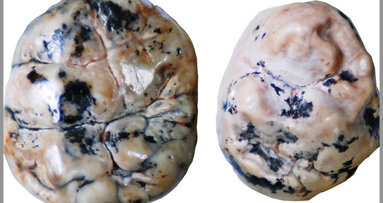
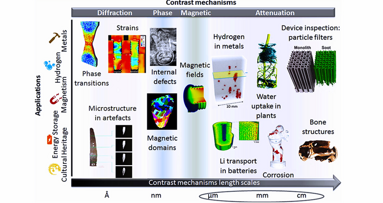


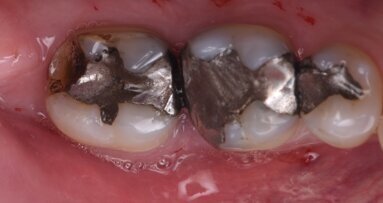
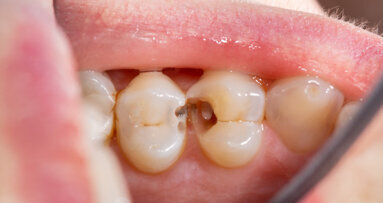



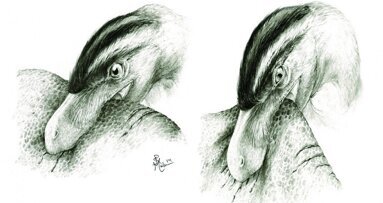










To post a reply please login or register